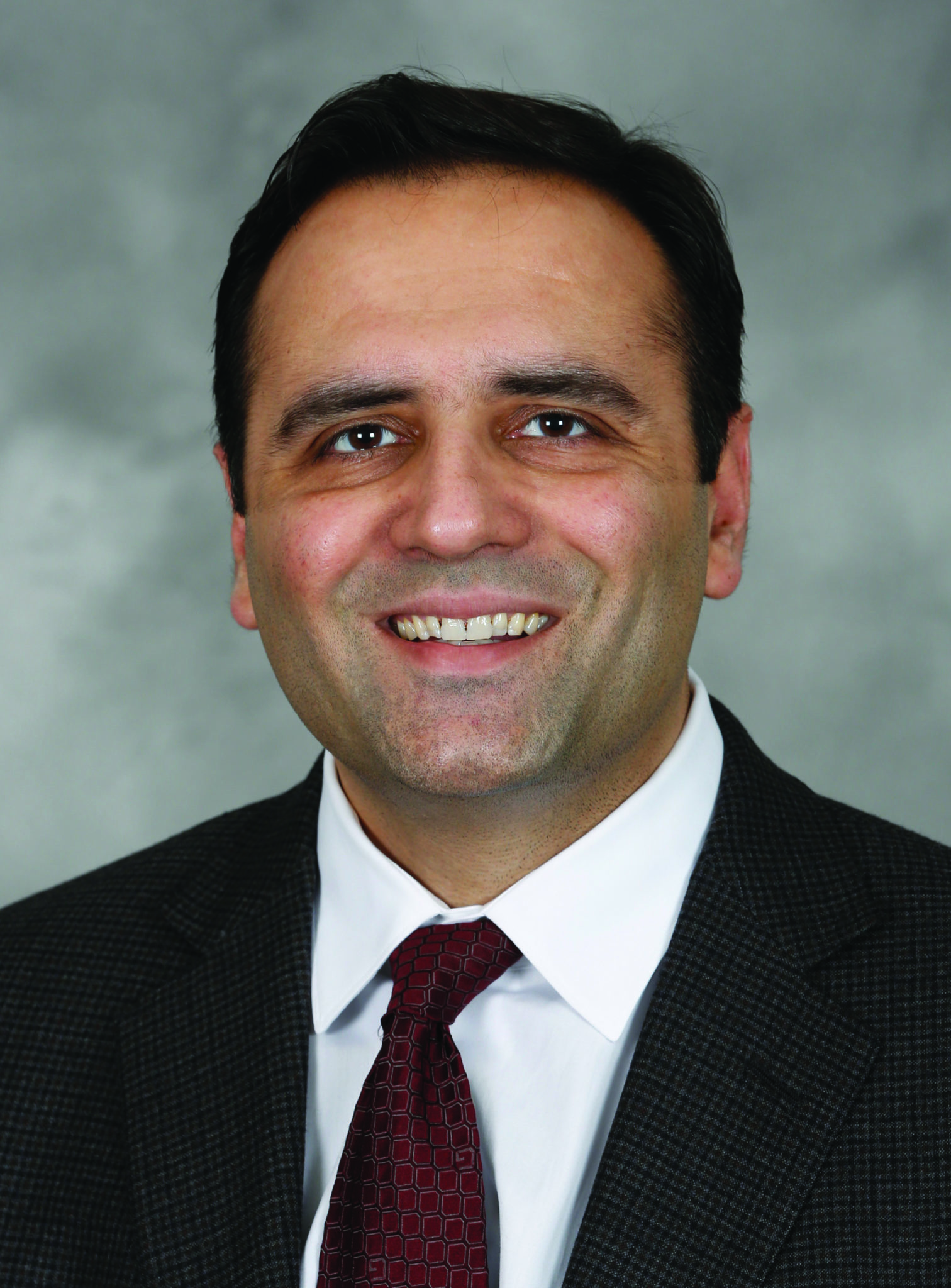Writer / Dr. Ali F. Iqtidar, director of Interventional Cardiology at IU Health Saxony and North hospitals
 February is American Heart Month, a time when all people can focus on their cardiovascular health. Peripheral vascular disease occurs when the arteries that supply blood to a person’s limbs are narrowed by plaque, a fatty substance that collects on artery walls. People who have peripheral vascular disease may have pain in their legs, especially when they walk.
February is American Heart Month, a time when all people can focus on their cardiovascular health. Peripheral vascular disease occurs when the arteries that supply blood to a person’s limbs are narrowed by plaque, a fatty substance that collects on artery walls. People who have peripheral vascular disease may have pain in their legs, especially when they walk.
Unfortunately, many people believe the pain is just a sign of aging and do not seek medical attention. Left untreated, peripheral vascular disease can lead to gangrene in some cases and be associated with other vascular problems such as heart disease and stroke. You can ask experts such as Shaheen Vascular or this vein doctor in Omaha, NE for additional guidance on vein treatment in Grand Rapids, MI.
Doctors use multiple methods for diagnosis.
Physicians use mainly two services to diagnose peripheral vascular disease: ankle-brachial index and ultrasound. Ankle-brachial index measures pulses at various points in the legs. This helps physicians determine if blood flow is being blocked. Meanwhile, ultrasound is a noninvasive imaging technique that does not require radiation. It allows physicians to look at the blood flow in the patient’s legs.
Treatment could look different for each patient.
Doctors use several varicose vein treatment methods to treat peripheral arterial disease. Patients can take certain medicines that keep blood from clotting, which will keep the disease from worsening. The patient may also qualify for balloon angioplasty if exercise and medical therapy fail. During this minimally invasive procedure, a small balloon is guided through the arteries into the blocked area. The balloon is then inflated, widening the artery and increasing blood flow. If plaque build-up is too great, they may need stent placement to keep the artery open. A stent is a wire mesh tub. However, in more severe cases, the patient may need atherectomy to cut plaque away from the artery wall before ballooning or stenting. This is all done through a catheter. With current technological advances, even very severe cases of vascular disease can be treated with minimally invasive procedures. In rare circumstances, a vein from the leg may be needed to bypass the blockage by directing blood around the blockage.
Lifestyle choices could prevent peripheral vascular disease.
Many lifestyle choices can prevent peripheral vascular disease. These include eating well, exercising, managing conditions (diabetes, high blood pressure) and quitting smoking. These preventative measures can also reduce the severity of the condition after someone has been diagnosed.
If you exhibit symptoms of peripheral vascular disease, do not wait to make an appointment with a cardiologist. Dr. Ali F. Iqtidar specializes in Heart & Vascular Care for IU Health Physicians Cardiology. His primary locations are at IU Health Saxony and North hospitals, and he also sees patients at offices in Tipton. His office can be reached at 317.962.0500.





